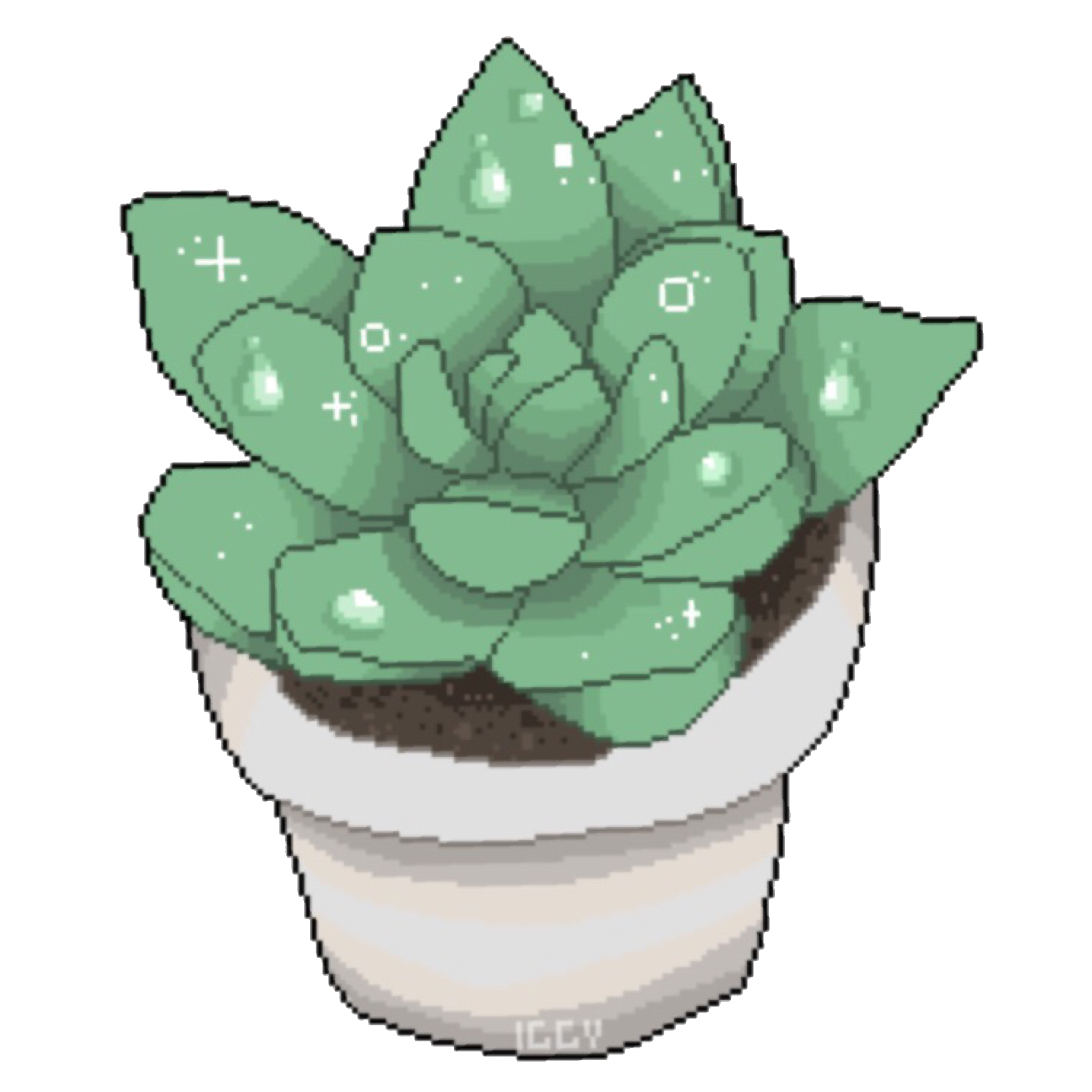24
This is Semi-Hydro - My favourite simple passive hydroponic technique explained - SLRPNK
slrpnk.netQuick disclaimer: I already made a more beginner friendly guide on
!gruenerdaumen@feddit.org [/c/gruenerdaumen@feddit.org] in German, which was
more written for people who never came into contact with hydro. Here it is
[https://slrpnk.net/post/17681128] if you’re interested meine deutschen Freunde
:) This guide only covers the technique itself, and is not about hydroponics in
general. — # Introduction Have you ever wondered, if it’s possible to create the
perfect environment for every plant out there? I did too, and now I can tell
you, it’s possible! I have about 70+ houseplants alone sitting in semi-hydro
(S/H), including orchids, ferns, cacti, calatheas, and whatnot. And they are all
thriving! Even with (comparably) very low maintainence! Upkeeping this jungle
would be impossible otherwise. And these are only my indoor houseplants. It also
works on other (outdoor) crops, like cannabis, chilis, herbs, and more! — # How
it works To demonstrate you this setup, let me show you my small calathea. It
has a nice clear pot, where you can see all parts the best, including the roots.
[https://slrpnk.net/pictrs/image/4a99b6d5-833e-4b88-9769-36d0f6549a80.jpeg]
[https://slrpnk.net/pictrs/image/95fa1633-1bd5-4a2a-a169-84fc1ad6a9ce.jpeg] The
backbone of this setup is the substrate. For that, I use expanded clay balls,
also called “LECA” or “hydroton”. It has the ability to be wicking, can store a
bit of moisture, and, most importantly, it has many air gaps in between the
pellets due to the form factor. There’s also the additional benefit that it’s
inert and it also will never decay, so you don’t have to repot as often. Oh, and
it’s also very affordable :) The pot is always standing ~1/3rd in nutrient
solution. To ensure that, a water level indicator is added. That way, you will
never have to guess again when to water! If you plan to go on vacation, you can
fill the pot up to the maximum line, and that will last you for weeks! Don’t use
the full capacity too often tho, as it will create problems further down the
road and should only be used as exception. With a regular sized plant in a
regular sized pot, I only have to water once a week, often only even once every
two weeks when filled to the middle (“optimum”) line. Now, the magic begins. The
plant will now begin to regulate itself and takes what it needs as it grows. How
you may ask? Because there is a gradient of different moisture zones in the pot.
The bottom third is 100% wet, and 0% air. When the plant is thirsty, it will
form water roots that reach directly into the nutrient solution. The middle half
is balanced. Here, the LECA wicks up most of the moisture, and the balls are
fully saturated and moist. The substrate can only store 30% of its weight in
water, and the rest is air, even on the inside! The moisture is mainly upheld by
capillary action. And the upper few centimeters are (almost) completely dry.
They will mostly act as a cover, so the moisture doesn’t draw up too high. (Btw,
this is one of the reasons why we don’t wanna fill up the reservoir too much,
since that would shift the zones up too high and create a toxic fertilizer crust
on the surface that can burn the plant when done in excess.) You can see this
phenomenon on said calathea.
[https://slrpnk.net/pictrs/image/93484af0-4eba-4428-bf93-158154ccd961.jpeg] The
bottom roots look completely different than the upper ones. Especially the upper
roots have formed lots of root hair, which are often also called “air roots”,
while most of the other roots have established themselfes just right above where
the nutrient solution surface is usually, and a few ones are submerged into the
solution. I never placed them myself that way, the plant did it itself! It just
took what it needed. Some moisture loving plants (like banana trees, calatheas,
etc.) reach down almost completely into the reservoir, while others, like
phalaenopsis orchids for example, can’t stand having wet feet at all and
establish themselves in the upper sections. How amazing is that?! # Drawbacks (&
care routine) There aren’t many, but still, there are a few ones. First,
transitioning plants from soil/ other setups to S/H is painful. It will suffer a
lot, and so will you. If there’s one single crumb of dirt left, it will rot. And
some roots will rot anyway, no matter what you do. If you want tips, ask me.
Also, you’ll need to “flush” the pot regularly. If you see the water level
approaching “minimum”, just swish the pot around a bit, that will loosen up
debris. Then pour that in the drain, and top water it with your nutrient
solution. That will flush any accumulated salts and waste material down into the
reservoir, and you can dispose it the next time. I personally think doing that
at least every second or third time when watering (basically, once a month)
works the best. You don’t need to overthink it. — Anyway, this post is already
longer than expected. If you have any questions, ask. I know everything about
that topic :D # Bonus (& tips) Here are some random pictures with information
for you! :)
These are commercial hydro pots. I can highly recommend buying those, instead of
going the DIY-route.
[https://slrpnk.net/pictrs/image/bab3e446-793e-406f-9b1b-b90402d46071.jpeg]
[https://slrpnk.net/pictrs/image/4b0a8213-9289-42b5-8d6f-4ba6021a37a5.jpeg]
[https://slrpnk.net/pictrs/image/19044543-1a7f-4c98-a9f8-e43b2f1d3a1e.jpeg] If
you still wanna build one yourself, because those inner hydro pots often don’t
fit into normal outer plant pots, I strongly recommend you to use orchid pots
instead of nursery pots. They have way better airflow and you can see the roots
better.
Also, zip-tie the indicator to the pot for easier lifting :)
Here are the roots of two different plants. See how different they look!
[https://slrpnk.net/pictrs/image/2a3a073a-d5d8-476a-8517-fe16e7123de6.jpeg]
[https://slrpnk.net/pictrs/image/ca607d61-e916-41e4-a414-62b7f3eaf580.jpeg] I’ve
noticed that some (peat loving) carnivorous plants don’t like hydro, while
others still thrive in it
[https://slrpnk.net/pictrs/image/666e56a4-7a88-4dff-9a63-d2c7201b6c38.jpeg]
[https://slrpnk.net/pictrs/image/55e27e0e-9658-42aa-a201-dd6a4c7d1d78.jpeg]
Here’s me growing potatoes and weed
[https://slrpnk.net/pictrs/image/6ef1bb44-f5cb-4f86-a367-195e630fcace.jpeg]
[https://slrpnk.net/pictrs/image/4a43a6dc-24f1-4daa-9346-d7dccd50466d.jpeg]
[https://slrpnk.net/pictrs/image/dd1a7383-2466-4990-9f32-892ebc4f2952.jpeg] And
here are a few of my calatheas (or similar)
[https://slrpnk.net/pictrs/image/4a677ce6-274b-468c-a7f9-5e4484a453bc.jpeg]
[https://slrpnk.net/pictrs/image/81e37549-287b-412d-abfe-8992495f3f54.jpeg] Some
of them have a few crispy tips, either due to the initial transition from soil
to hydro, or because I completely forgot to water them. Never ever let your
reservoir run dry! This can severely damage the delicate root structure!
Most of them are less than half a year old, and they even grew so much in winter
that I was able to divide the root stock and propagate them!
Now, summer is starting, and they just explode with growth! It feels like they
almost push out leafes daily and look incredible vibrant!
Cross-post from !hydroponics@slrpnk.net
You must log in or register to comment.

